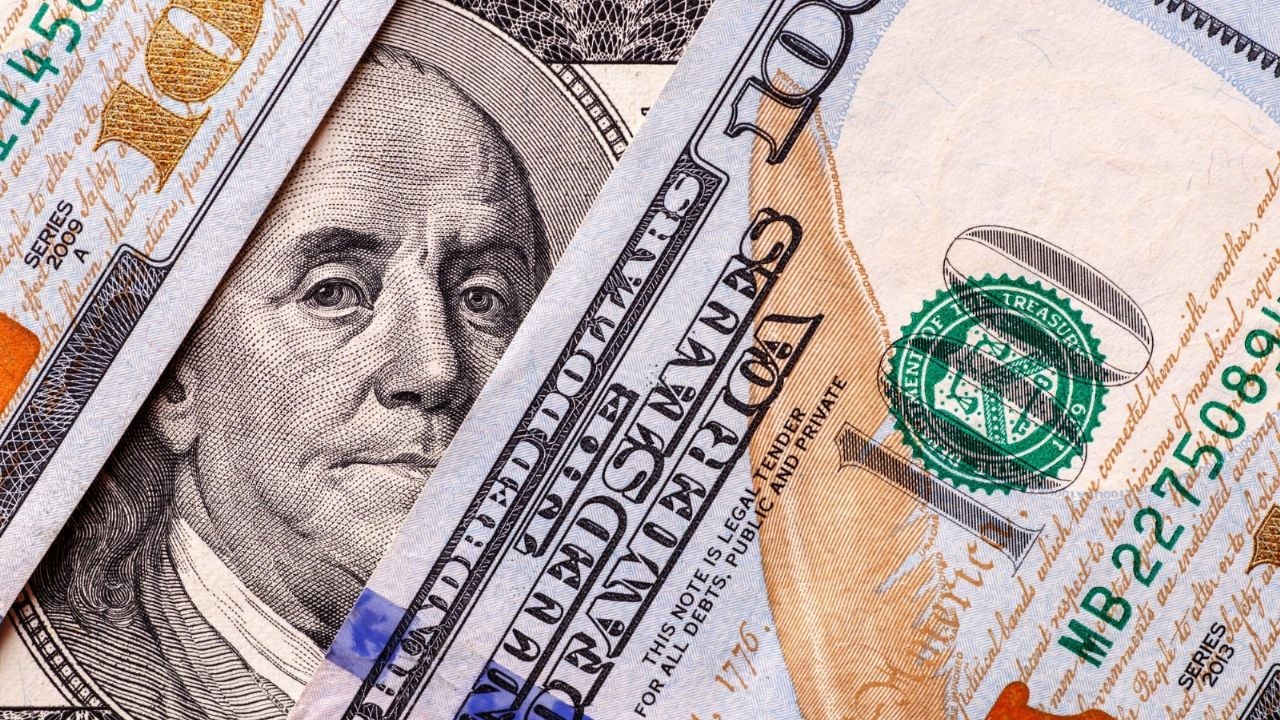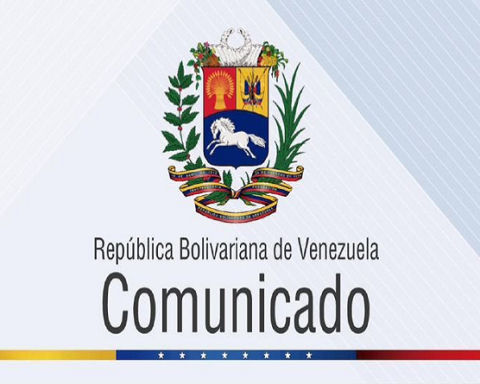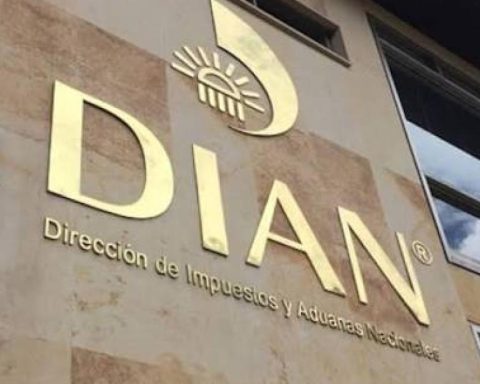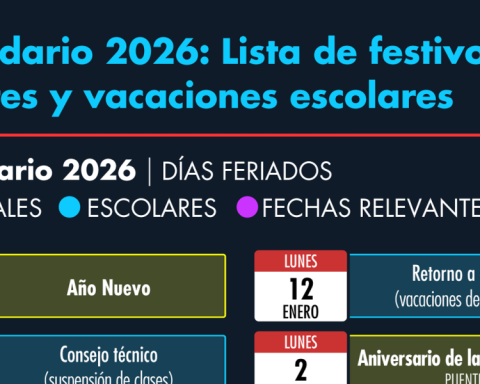In the last week, the price of dollar The exchange rate fluctuated significantly both in the official market and in the parallel market, known as the blue dollar. This phenomenon is a reflection of the country’s complex economic situation, marked by inflation, political uncertainty and exchange restrictions.
He dollar The official exchange rate, which is the exchange rate controlled by the Central Bank of the Argentine Republic (BCRA), was set at $960 for sale and $918.50 for purchase.This value is the result of the government’s monetary policy, which seeks to maintain a stable exchange rate to control inflation and avoid an abrupt devaluation of the local currency.
However, this strategy also implies a series of restrictions on the purchase of dollars, which has led to the proliferation of parallel markets. The blue dollar, which is the black market exchange rate, was quoted at $1,355 for sale and $1,335 for purchase.
This exchange rate is significantly higher than the official one, reflecting the high demand for dollars in a context of exchange restrictions. The gap between the official dollar and the dollar blue is an indicator of distrust in the economy and local currency.

In this case, the difference is approximately 41%, which shows strong pressure on the exchange market. Several factors influence the dollar exchange rate in Argentina. Among them, inflation is one of the most important.
With annual inflation exceeding 100%, Argentines are seeking refuge in the dollar to protect their savings. In addition, political uncertainty, especially in an election year, increases the demand for dollars as a form of protection against possible changes in economic policy.

Factors
Another key factor is the BCRA’s monetary policy. Restrictions on the purchase of official dollars, known as “exchange rate restrictions,” limit the amount of dollars that individuals and companies can legally acquire. This drives many to turn to the parallel market, increasing demand and, therefore, the price of the blue dollar.
The difference between the dollar The exchange rate between the official and the blue dollar has multiple impacts on the Argentine economy. On the one hand, it affects imports and exports. Companies that need to import goods must do so at the official exchange rate, which can be beneficial in terms of costs. However, the associated restrictions and bureaucracy can make it difficult to access foreign currency.

















